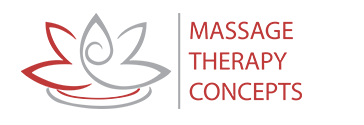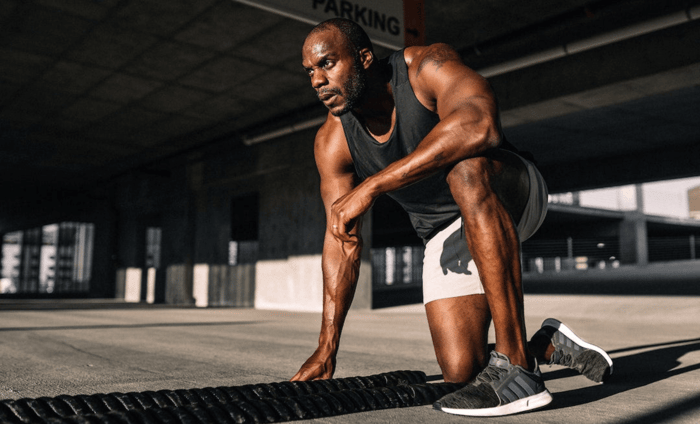Muscle recovery is a crucial part of any fitness routine, allowing the body to repair and strengthen after workouts. Speeding up recovery can help reduce soreness, prevent injury, and improve overall performance. Beyond traditional recovery methods like rest and nutrition, there are several scientifically backed techniques to help accelerate the process, including the use of electrical muscle stimulation (EMS). Here are some healthy and effective ways to boost muscle recovery.
1. Prioritize Proper Nutrition
Muscles need the right fuel to repair and grow after exercise.
- Protein: Protein provides the essential amino acids required for muscle repair. Consuming high-quality protein sources such as lean meats, fish, eggs, legumes, and plant-based proteins like quinoa can aid muscle recovery. Aim for 1.2 to 2 grams of protein per kilogram of body weight to optimize muscle repair, especially after intense workouts.
- Carbohydrates: After exercise, glycogen (the stored form of carbohydrates) gets depleted in muscles. Replenishing glycogen stores with complex carbs, like whole grains, fruits, and vegetables, supports energy restoration and prevents fatigue during future workouts.
- Healthy Fats: Omega-3 fatty acids, found in fish, flaxseeds, and walnuts, have anti-inflammatory properties that may help reduce muscle soreness and aid recovery.
2. Hydration
Staying hydrated is often overlooked but is essential for effective recovery. Water plays a vital role in transporting nutrients to cells and flushing out toxins, including lactic acid, which builds up after exercise. Dehydration can lead to muscle cramps and prolong recovery. Aim to drink plenty of water, especially after strenuous exercise, and consider electrolyte-rich beverages if you've had an intense workout to replenish sodium, potassium, and other essential minerals lost through sweat.
3. Adequate Rest and Sleep
Sleep is the body’s most effective recovery tool. It’s during deep sleep that the body produces growth hormones, which stimulate tissue repair and muscle growth. Aim for 7–9 hours of quality sleep each night. Incorporating rest days into your workout schedule allows your muscles time to recover, reducing the risk of overtraining and injury.
4. Electrical Muscle Stimulation (EMS)
Electrical Muscle Stimulation (EMS) is becoming a popular tool for enhancing muscle recovery. EMS devices deliver low-level electrical impulses to muscles, causing them to contract and relax repeatedly. This form of stimulation offers several benefits for muscle recovery:
- Improved Blood Flow: EMS increases blood circulation in targeted muscles, helping to deliver oxygen and nutrients while flushing out metabolic waste like lactic acid. This speeds up the recovery process and reduces muscle soreness.
- Reduced Muscle Soreness: EMS can alleviate delayed onset muscle soreness (DOMS) by promoting muscle relaxation and reducing inflammation. It also helps in maintaining muscle flexibility, which is vital for preventing injuries.
- Enhanced Muscle Activation: EMS stimulates deep muscle fibers that may not get fully activated during normal movement, aiding in overall muscle health and recovery. If you're still on the hunt for an effective EMS unit, make sure to include the VPOD in your Amazon Prime Day cart!
- The VPOD is a wireless electrical muscle stimulation unit with 24 different features and adjustable intensities. To learn more about the VPOD and other similar products, visit massagetherapyconcepts.com.
- Pain Relief: EMS can act as a form of pain management, helping to reduce tension in sore areas by stimulating nerves and relaxing tight muscles.
5. Stretching and Foam Rolling
- Stretching: Gentle stretching helps to lengthen muscles and improve flexibility, which reduces the risk of injury. It also helps to relieve muscle tightness post-workout, promoting faster recovery.
- Foam Rolling: Foam rolling or self-myofascial release is a great way to massage sore muscles, improve circulation, and release tension in connective tissues. It can help in reducing muscle soreness and enhancing mobility by increasing blood flow to the muscles.
6. Cold and Heat Therapy
- Cold Therapy (Cryotherapy): Applying ice packs or taking cold baths can help reduce inflammation and numb sore muscles. It’s most effective immediately after exercise to limit swelling.
- Heat Therapy: After the initial 24-48 hours post-exercise, applying heat can increase blood flow to muscles, promoting relaxation and aiding recovery. Warm baths, heating pads, or saunas are all excellent options.
7. Active Recovery
Instead of complete rest, engaging in light activities such as walking, swimming, or cycling on rest days can promote muscle recovery. This practice, known as active recovery, helps increase blood flow to muscles without putting too much strain on them, flushing out metabolic waste products more efficiently and reducing soreness.
8. Massage Therapy
Getting a massage can improve circulation, relieve muscle tightness, and promote relaxation. Deep tissue massage, in particular, can help release knots and adhesions in muscles, while sports massages focus on targeting areas of tension from physical activity.
9. Supplements
Certain supplements can aid muscle recovery when paired with a balanced diet:
- Branched-Chain Amino Acids (BCAAs): These essential amino acids are known to reduce muscle breakdown and improve muscle repair post-exercise.
- Creatine: Creatine not only boosts muscle performance but may also speed up muscle recovery by replenishing ATP, the main energy source for muscle contractions.
- Magnesium: Known for its muscle relaxation properties, magnesium can help reduce cramps and promote restful sleep, both of which contribute to faster recovery.
Speeding up muscle recovery is vital for maintaining progress and avoiding setbacks due to injury or overtraining. By incorporating strategies like proper nutrition, EMS, active recovery, and rest, you can optimize your body’s ability to repair and strengthen muscles. Each of these approaches works synergistically to support muscle recovery, allowing you to return to training stronger and more resilient.

